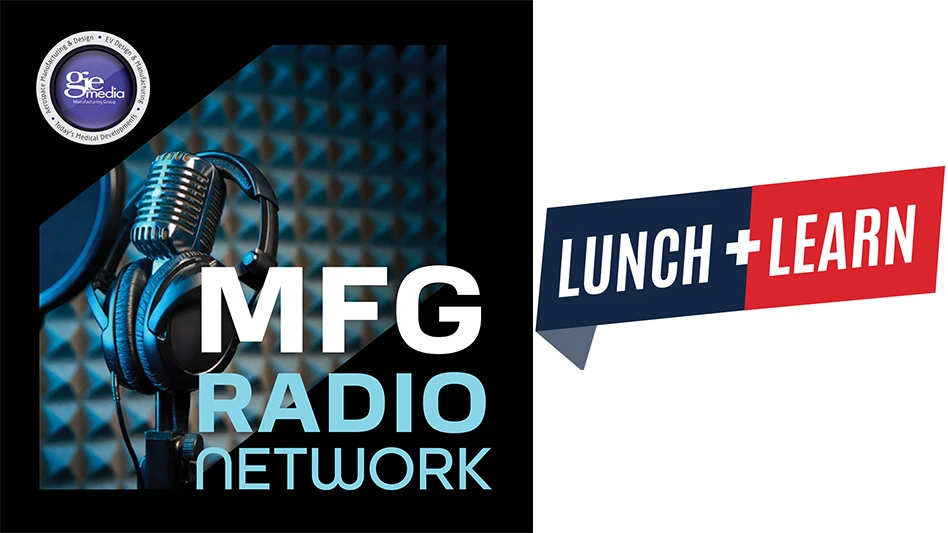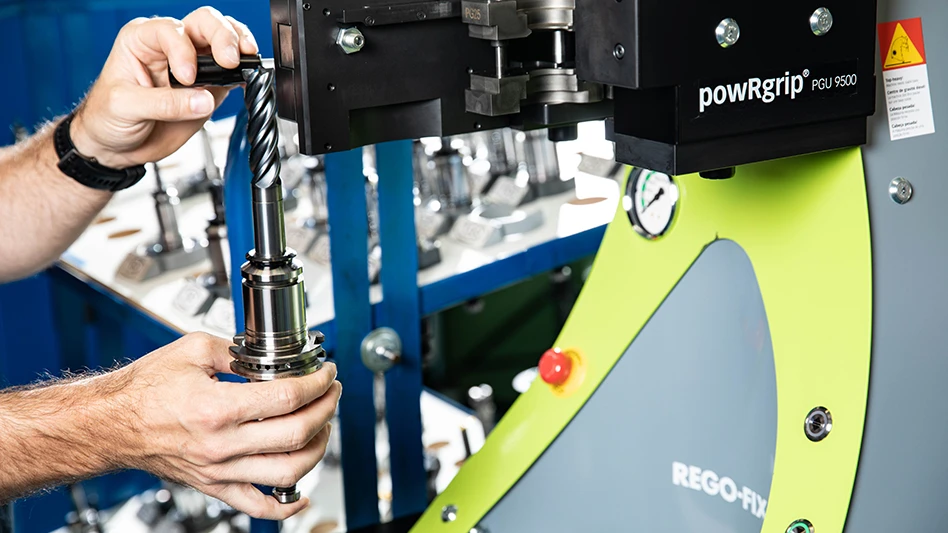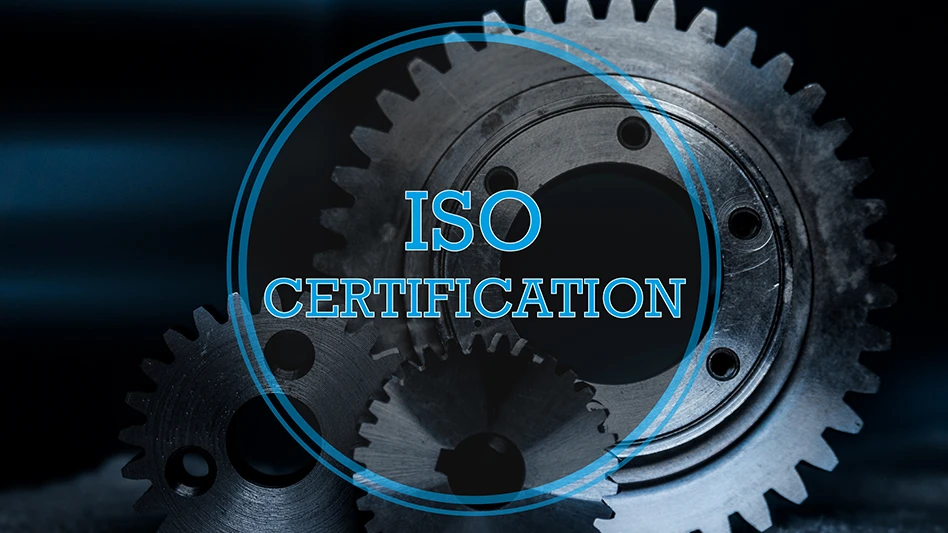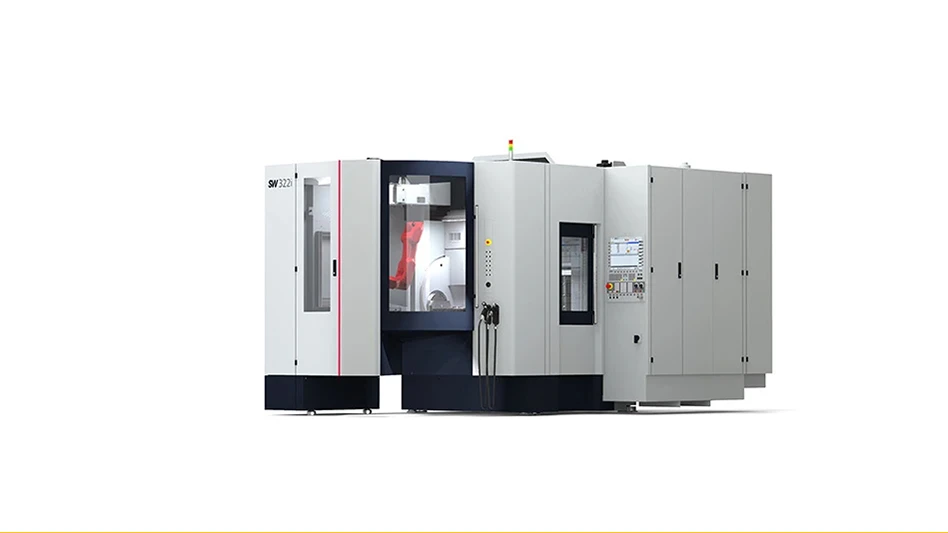 |
There are pressures on the healthcare industry coming from all directions. The Affordable Care Act (ACA) imposes the 2.5% medical device tax on top-line revenue. Insurance companies continue to push to find and approve the lowest-priced medical device that provides the most benefit to the patient/physician/surgeon. Pharmaceutical companies are seeing a shift toward patients utilizing medical devices and moving away from a lifetime of prescription medications. FDA approvals are costing more and taking longer. Each year more and more drug patents expire, opening the door for market share competition from generic drug manufacturers.
With these issues all on the table, it is no wonder that analysts of the medical device market are seeing a shift in the space – with less growth in pharma and more device innovation on the horizon.
The number of acquisitions occurring within the healthcare industry is driving this increased interest in innovation, says Paul D. Teitelbaum, managing director, Mesirow Financial. He says that many healthcare companies, including some predominantly in the pharmaceutical space – such as Sanofi-Aventis – have begun to shift toward the medical device sector by either selling pharma assets or making whole acquisitions. Teitelbaum says that with the attractiveness of the medical device industry, he would expect this trend to continue.
In addition to pharma executives testing the waters of the medical device market, Teitelbaum thinks that the larger medical device companies – those well positioned to handle the medical device tax and that possess a greater ability to make acquisitions – will look at acquiring small- to mid-sized medical device companies stuck in an uneasy position.
“With the medical device tax, there will be increased pressure on a number of the mid-sized medical device companies that are either generating revenues but are not yet profitable, or that are just marginally profitable. As a result of this pressure, some of them are likely to decide that they are going to sell because they are less able to compete, they need more resources to push their products, or there is pressure to cut costs – potentially cutting R&D or shifting some efforts overseas,” Teitelbaum says. “However, if they are acquired, they can plug into someone else’s larger infrastructure where they can gain the economies of scale.”
Therefore, Teitelbaum thinks we will start to see some consolidation of the medical device industry’s three main buckets, which are outlined below.
The Buckets
Teitelbaum breaks the medical device market down into three buckets:
- Bucket one – Very large medical device companies, those with tens of billions in market capital, such as Medtronic, Stryker, Smith & Nephew, J&J, etc.;
- Bucket two – Mid-size, growing medical device companies with anywhere from $10 million to $20 million in revenue to several hundred million or even a billion in revenue; and
- Bucket three – Start-up, emerging, and development-stage companies. The ones that are anywhere from, “We just got a patent, and we developed a prototype and now it’s time to raise our first institutional capital,” to those that are just getting FDA approval, are within six months of approval, or about to file for approval.
“These large companies in bucket one, the ones with cash on hand that are prepared for the tax because they have already gone through belt tightening, restructuring, and reorganization during the past few years, are in the position to start making more acquisitions,” Teitelbaum states. “Covidien has already been actively acquiring, as has C.R. Bard, and I think they will both continue to do so, while I see Stryker starting to become more active.”
Companies in bucket two are generating revenue, and some are profitable, but they do not have as broad a product line as the companies in bucket one, so they will probably fair better tucked into one of the larger players. Teitelbaum is referring to the companies at the higher end of that bucket, the $500 million to $1 billion revenue companies.
On the other side of the spectrum are companies at the lower end of the middle market, what Teitelbaum places in the $10 million to $20 million in revenue sector. He goes on to explain that many of these are not yet profitable, are only marginally profitable, or the EBITA (earnings before interest, taxes, and amortization) margins are not yet what would be called mature or steady – not in the 20% to 25%-plus range.
“These companies are going to be the most heavily impacted by the medical device tax,” Teitelbaum states. “They have not been able to restructure enough, or some of them may have tried but are just not as well-positioned for this tax and will be affected to a greater degree. Because of this, I think a number of those organizations are going to opt to be acquired, or there will be more pressure on them to be acquired.”
Bucket three is a bit of a hodge-podge, consisting of start-ups, emerging companies, and development-stage companies, and Teitelbaum feels that these companies will have more time to position themselves for the tax and other pressures as their products become ready for market.
 The medical industry faces a range of pressures. |
More than the Tax
Teitelbaum notes that beyond the medical device tax there are other issues companies all face when bringing a new product to market, such as regulatory hurdles, which have become increasingly difficult to navigate and will probably remain so.
“There are increasing reimbursement hurdles, which are starting to become an even bigger topic than regulatory requirements,” Teitelbaum says. “It is not sufficient just to get FDA approval anymore. Now, companies also have to be able to prove in the current market, and increasingly so thanks to the ACA, that a product can improve outcomes at a lower cost to the healthcare system. This is a major component that companies face in order to receive reimbursement for their products and for these new products entering the market to be adopted. And, it is not just getting approved in one sector but in all sectors – from Medicare and Medicaid to private insurers.”
Therefore, scrutiny will be on the cost of a medical device, the cost of a procedure in which that device is a component, and the ability to demonstrate that it lowers costs for the system – either by shortening patient stay, preventing readmission, shortening recovery time, proving faster for use, or being just plain less expensive.
“Companies that can demonstrate one of the above will manage much better in the marketplace because there is going to be pressure on everybody to develop medical devices that can fulfill these requirements. Start-up companies and development-stage companies are the ones that will have time to design their products in a way that meets these requirements. Even those in the very start-up phase have a better chance if their approach is to determine what technology is required to fit a need in the market, and then develop a product to fill that need,” Teitelbaum explains. “Companies need to plan for the device tax from the beginning.”
Teitelbaum also recommends that companies design trials so they have the greatest amount, and the most compelling data to convince the insurers and hospitals that they should reimburse the company for the medical device at the best rate possible – or certainly a rate that will ensure a 70% to 75% gross margin to the manufacturer.
However, those very large companies that already have FDA approval and are out there in the marketplace selling – well, as Teitelbaum says, “It is a little more difficult to turn the Titanic. These large companies have a lot of muscle with hospitals and reimbursement agencies, and may be affected less; however, if some of their products come under scrutiny, there are issues to address. If it is proven that they really do not cut costs, the products in question might not be the optimum choice any longer. However, these larger companies are still able to scoop up other companies that have devices that do save the system money.”
The problems both small and big businesses face do overlap for the mid-sized companies. Teitelbaum notes that mid-sized organizations may be able to acquire some competitive companies to a degree, but there will likely be less of this activity. Additionally, if the companies they acquire are not profitable, there will be many hurdles both parties will have to overcome. Overall, because of the ACA tax and the squeeze on margins, middle market companies will have the most difficult time repositioning the products they offer and repositioning themselves for the road ahead.
One Final Driver
“The aging population will continue to be a driver in healthcare M&A activity and the healthcare landscape for at least the next 20 years,” Teitelbaum states. “This group is not the only demographic start-ups must look to, assess a need, and then design an answer to that need, but the aging population definitely warrants a need for innovation in medical devices.”
Beyond that, he stresses that, overall, there is going to be pressure on the healthcare system to cut costs and save money because healthcare in the United States has broken above 20% of the GDP, which is by far the highest rate in the entire world. No other country comes close.
“Because of these factors, I think there will be an overall increase in unit sales of medical devices, but what we may see is that the average cost of a medical device will need to come down. So, if people still need to make their 70% to 75% margins, it creates room for opportunity, pressure innovation, and an interesting dynamic for contract manufacturers,” Teitelbaum says.
A great example he offers is the benefits of medical devices versus pharmaceuticals. Historically, to treat hypertension patients would take medication, which is known to have long-term side effects. Today, a very cost-effective medical device, called renal denervation, can treat this hypertension in 30 minutes to one hour at home, with none of the long-term side effect risks. It is in these new areas, where a medical device can treat a problem, in a safer, more effective manner than a drug, that opportunity opens itself up even larger to the development of new devices and manufacturing more devices for the large OEMs.
“This,” Teitelbaum says, “is a huge new opportunity for the contract manufacturers. There will still be price pressure, and we will probably see more of that if there is the consolidation among the larger players in medical devices but the emergence of many new medical devices to treat the population is a positive.”
Although Teitelbaum cannot say where the net will end up, when looking at all these positives and negatives for the medical device market, the bottom line is that the medical device market is not going to go away.
“Yes, it is going to change. It is going to shift toward more innovative devices that are lower cost, but that does not necessarily mean an overall negativity or pressure for the contract manufacturing industry – it is a change and a shift of how business is done and with whom.”
Mesirow Financial
Chicago, Ill.
www.mesirowfinancial.com
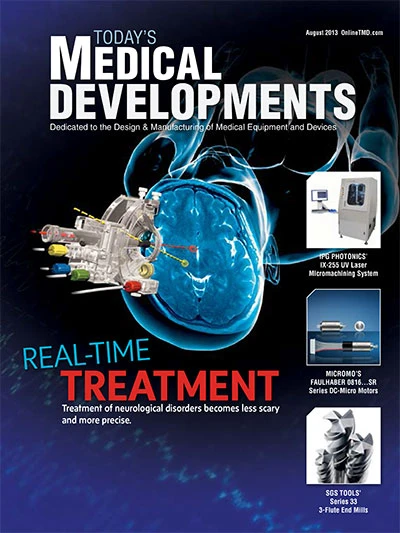
Explore the August 2013 Issue
Check out more from this issue and find your next story to read.
Latest from Today's Medical Developments
- Tariffs threaten small business growth, increase costs across industries
- Feed your brain on your lunch break at our upcoming Lunch + Learn!
- Robotics action plan for Europe
- Maximize your First Article Inspection efficiency and accuracy
- UPM Additive rebrands to UPM Advanced
- Master Bond’s LED415DC90Med dual-curable adhesive
- Minalex celebrates 60 years of excellence in miniature aluminum extrusions
- Tormach’s Chip Conveyor Kit for the 1500MX CNC Mill
